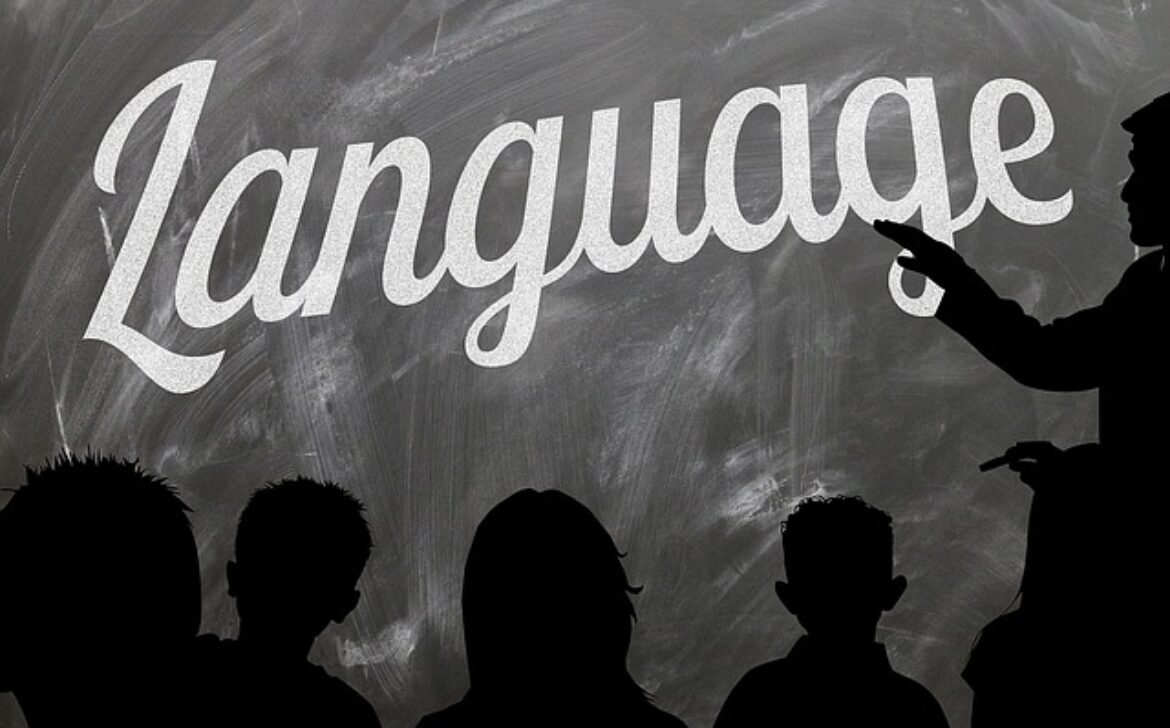The Best Programming Languages for Android App Development: A Comprehensive Guide
Introduction
Android app development has become a lucrative field, with millions of users relying on Android devices worldwide. To embark on a successful journey in Android app development, it is crucial to choose the right programming language. This article aims to provide a comprehensive guide to help you identify and select the best programming languages for Android app development. We will analyze various factors such as language features, community support, performance, and available resources. By the end of this article, you will have a clear understanding of the programming languages that can empower you to build robust and efficient Android applications.
Java
The Traditional Powerhouse (400 words) Java has been the primary programming language for Android app development for many years. Its object-oriented nature, extensive libraries, and frameworks make it an excellent choice for building feature-rich and scalable applications. Java’s mature ecosystem and vast community support ensure a plethora of learning resources and developer communities to aid in your Android development journey. Moreover, many existing Android applications are built with Java, which means understanding Java is essential for maintaining and extending those apps.
Kotlin
Kotlin, introduced by JetBrains in 2011, has gained significant traction in the Android development community. It is fully interoperable with Java, which means you can seamlessly integrate Kotlin code into existing Java projects. Kotlin offers concise syntax, null safety, and enhanced features such as coroutines, which simplify asynchronous programming. Its modern approach and powerful features have made it the preferred choice for many developers. Google has also officially supported Kotlin for Android app development since 2017, further solidifying its position as a top language for Android.
C++
C++ is a powerful language known for its performance and ability to work with low-level code. While Java and Kotlin are the primary languages for Android app development, C++ is often used for specific tasks where performance optimization or integration with native code is required. For instance, C++ is commonly used in game development, image processing, and intensive computational tasks. It allows developers to write highly efficient code and interact directly with hardware, making it a valuable addition to an Android developer’s toolkit.
React Native
JavaScript for Cross-Platform Development (400 words) React Native, based on JavaScript, is a popular framework that allows you to build cross-platform mobile applications, including Android apps, using a single codebase. By leveraging React Native, developers can write code once and deploy it on multiple platforms, saving time and effort. JavaScript’s wide adoption and large developer community make it an excellent choice for building Android apps with React Native. Although there may be some performance trade-offs compared to native app development, React Native offers faster development cycles and code reusability.
Flutter
Dart for Beautiful and Performant Apps (400 words) Flutter, developed by Google, has gained significant popularity for building cross-platform mobile applications, including Android apps. Flutter uses Dart as its programming language, offering a modern and easy-to-learn syntax. Dart’s Just-in-Time (JIT) compilation and Hot Reload feature enable developers to see changes instantly during the development process. Flutter’s reactive framework allows for building beautiful and performant user interfaces, resulting in visually appealing Android apps. Flutter has a growing community and a vast library of pre-built UI components, making it an excellent choice for developers aiming to create visually stunning applications.
Conclusion
Choosing the best programming language for Android app development depends on several factors, including your familiarity with the language, project requirements, performance needs, and community support. Java, with its robust ecosystem, remains a solid choice for building Android apps. Kotlin’s modern features and official support from Google make it a strong alternative, offering enhanced productivity and code safety. C++ is ideal for performance-critical tasks and native code integration. JavaScript-based frameworks like React Native enable cross-platform development, while Flutter’s Dart language provides a unique combination of beautiful UIs and performant apps. Ultimately, the choice depends on your goals, project requirements, and personal preferences. Whichever language you choose, dedicating time to learn and master it will empower you to create impressive Android applications that cater to a vast user base.




















